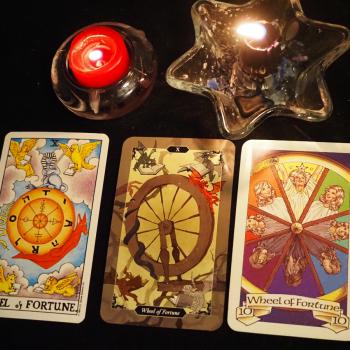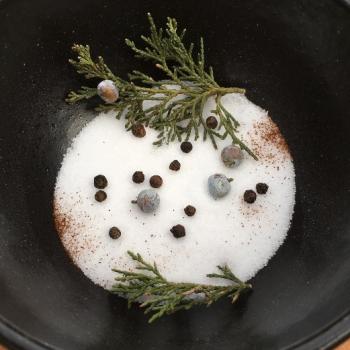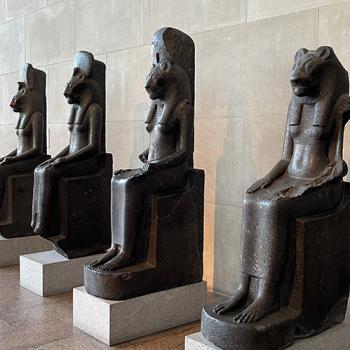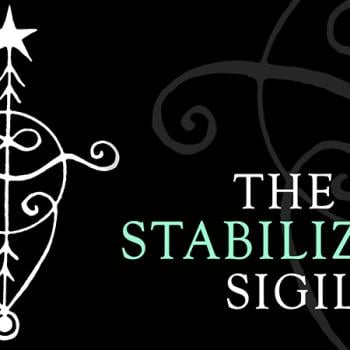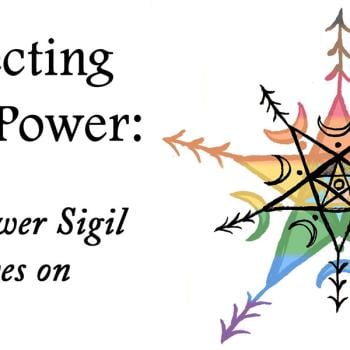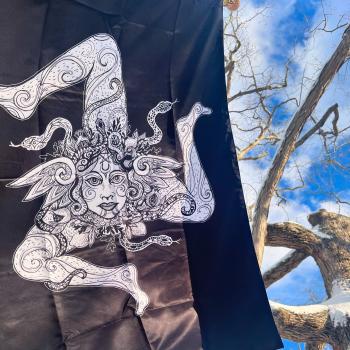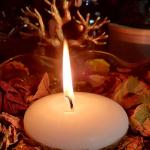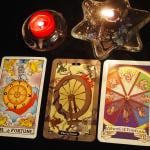“Ritual is an often misunderstood entity.” This is something I’ve been known to say since I first started writing and teaching about magical practice many moons ago. I’m referring to the space between society’s idea of what ritual is supposed to be and the actual lived experience of what ritual truly is.
Ritual doesn’t have just one face, shape, or form: it morphs to fit the needs of the person, time, and culture. When we get stuck on insisting ritual should only look or be a certain way, we miss out on the whole of possibilities. We can also get stuck more on the process of doing ritual versus being ritual.
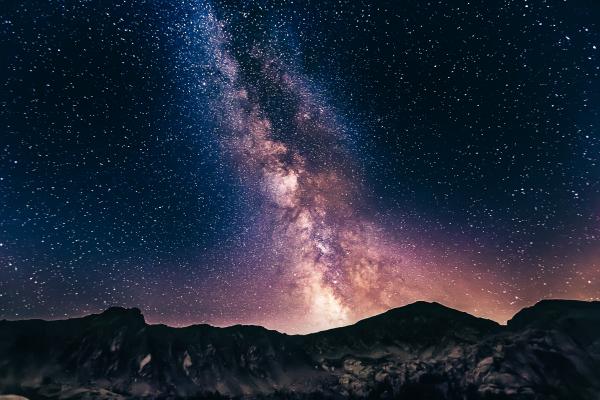
Why do we do ritual?
In my latest book Anatomy of a Witch: A Map to the Magical Body, I share an excellent quote from the late great Terry Pratchett: “Ritual and ceremony in their due times kept the world under the sky and the stars in their courses. It was astonishing what ritual and ceremony could do.”
If you’re unfamiliar with Pratchett’s work, you might not realize that his words are often dripping with wit and playful sarcasm. Here he’s poking at the human tendency to look at ritual as something we do to control or exert influence on the world around us. When in truth, the world will very likely continue going on as it pleases, with or without us and our machinations.
I go on in the book to say, “In truth, we perform ceremonies for our own needs. We engage in ritual not only for ourselves, but to feel connected to the mysteries and influential energies present in the universe. Ritual emphasizes our presence and participation in community and creation. We transcend our physical limitations to tap into something larger than ourselves.”
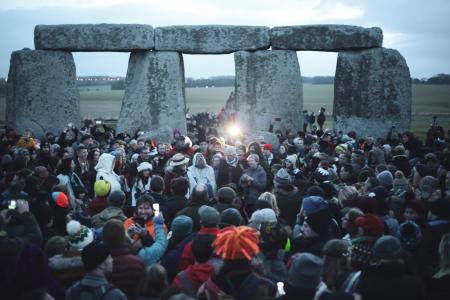
Many things we do on a daily basis that we might not consider ritual, actually are essential ritual. These little movements are like the second hand on a watch – seemingly small or almost insignificant, yet they play a crucial role in the larger ritual of life. Where would we be without that morning cup of coffee or tea, getting showered and dressed, walking the dog, feeding ourselves and loved ones? These actions play a role in creating order, connecting us to the larger pattern.
Inversely, some things we might label as ritual because of the amount of effort, pomp and circumstance, time, etc we invest in them, fail to meet our most basic needs of ritual. Somewhere along the lines, the purpose and action of the ritual got lost in the insistence of form and style. Think of big events and happenings that you have attended that just felt like a let-down afterwards. But maybe other people found them on point, which made you wonder: what’s wrong with me?
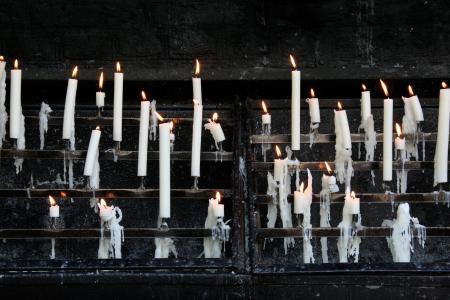
That’s the thing about ritual: we all require different things from the process and experience. We may all be human (more or less), but our bodies, brains, and past experiences play a role in determining our needs. Ritual is not a “one size fits all.” It does need to fit the moment though for it to be effective.
Consistent vs. Ecstatic Ritual
For some, the power of ritual is in its consistency. They need to have the same words and motions to come back to, again and again. This kind of ritual is comforting in a chaotic world. Consistency is familiar, tapping into a rhythm we know well. You know all of the call and responses, the songs, the smells, the gestures. It doesn’t even have to be something we’re actively involved in.
For example, although I have not been a practicing Catholic for the whole of my adult life, I could walk into a mass anywhere in the world and feel familiar with what’s going on. Because of the memories and experiences of 18 years of going to church every week. I may be mentally and spiritually at odds with the belief structure, but the ritual still taps into something in my memory. That’s also not to say that’s the kind of ritual I need or want, but rather I understand what that kind of ritual (and others like it) provides for so many. Consistency creating comfort and belonging.

For others, the power of ritual is in its ecstasy. The kind of ritual that breaks boundaries and defies traditions, that flourishes on being a living experiment and never quite looks the same way twice. For these folks, they require ritual that breaks the everyday pattern and pushes them out of their comfort zone. That’s not to say ecstatic ritual is unbridled chaos – there tends to be some sort of anchored form to hold it together, like a bucket holds water until you’re ready to do something else with the water. But the bucket itself can change shape, size, colors, etc too.
Both?
But don’t be mistaken and think there’s a dichotomy here. We can be (and often are) of both these camps, as well as many more. There are times where we crave consistency and other times where we need to be shook up and left breathless. Maybe even at the same time. Both require an investment.
For a ritual to become familiar with consistency, you obviously need to do it enough times to create that muscle memory. It’s hard to know if a ritual will do that for you on the first try. You might have to do it a dozen times before it feels familiar – or to recognize that it’s simply not working for you. In order to let go in an ecstatic space, you need to have a semblance of control and awareness of self – which requires discipline that’s developed over time.
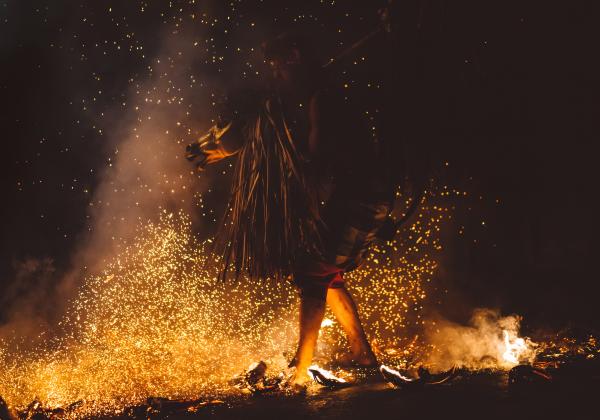
What you need out of a ritual is everchanging, because you too are a living experiment, growing and changing with every breath. Sometimes you will need the solid and familiar, and sometimes you’ll need brief and shaking. How a ritual feels for you and suits your needs is the shape required. Ritual may not keep the stars in alignment and the world swirling on its orbit, but it can certainly do that for us.




